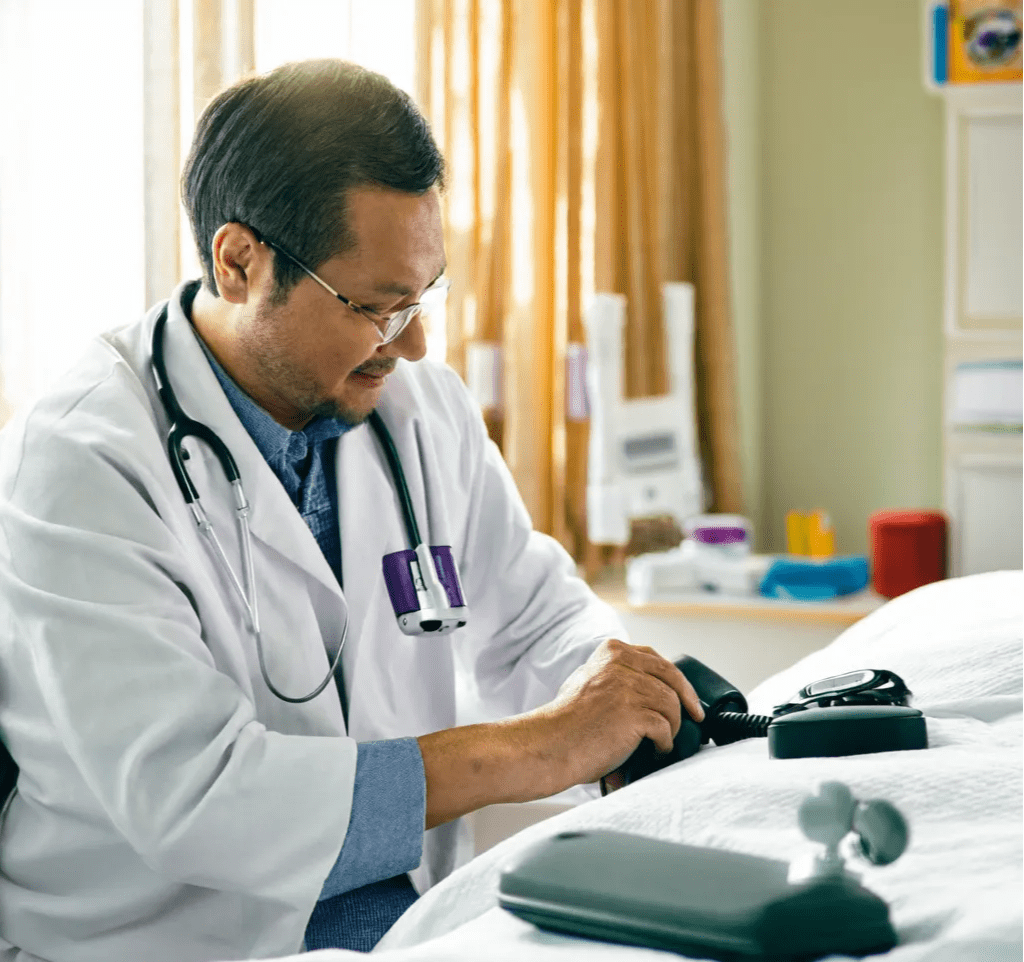
Once the diagnosis of hypertension is considered, a comprehensive examination and evaluation should be conducted, including medical history investigation, physical examination, laboratory tests, genetic analysis, blood pressure measurement, and target organ damage assessment.
Medical history
Ask about family history, course of the disease, symptoms, past medical history, clues to secondary hypertension, lifestyle, and social and psychological factors.
Physical examination
Measure blood pressure, pulse rate, BMI, waist circumference, hip circumference, observe whether there is Cushing's syndrome face, neurofibromatosis skin plaques, hyperthyroidism exophthalmos or lower limb edema, auscultate the carotid artery, thoracic aorta, abdominal artery and femoral artery for murmurs; palpate the thyroid gland, conduct a comprehensive cardiopulmonary examination, check the abdomen for kidney enlargement (polycystic kidney) or masses, and check the limb artery pulsation and neurological signs.
Laboratory tests
Basic items include blood biochemistry, blood routine, electrocardiogram, and urine analysis; other items include echocardiography, high-sensitivity C-reactive protein, fundus examination, sleep breathing monitoring, etc.
Blood pressure check
The subjects are required to rest quietly for at least 5 minutes before the measurement begins. The upper arm blood pressure is taken in the sitting position, and the measurement position should be at the level of the heart. It is recommended to use a verified upper arm medical electronic blood pressure monitor. The upper arm blood pressure of both arms should be measured at the first visit, and the side with the higher blood pressure reading should be used as the upper arm for measurement.
When measuring blood pressure, the measurement should be repeated every 1-2 minutes, and the average of the two readings should be recorded. If the difference between the two readings of systolic or diastolic blood pressure is more than 5 mmHg, it should be measured again, and the average of the three readings should be recorded. Elderly people, diabetic patients, and those with orthostatic hypotension should also be measured with standing posture, which should be conducted 1 minute and 3 minutes after being measured with lying posture.